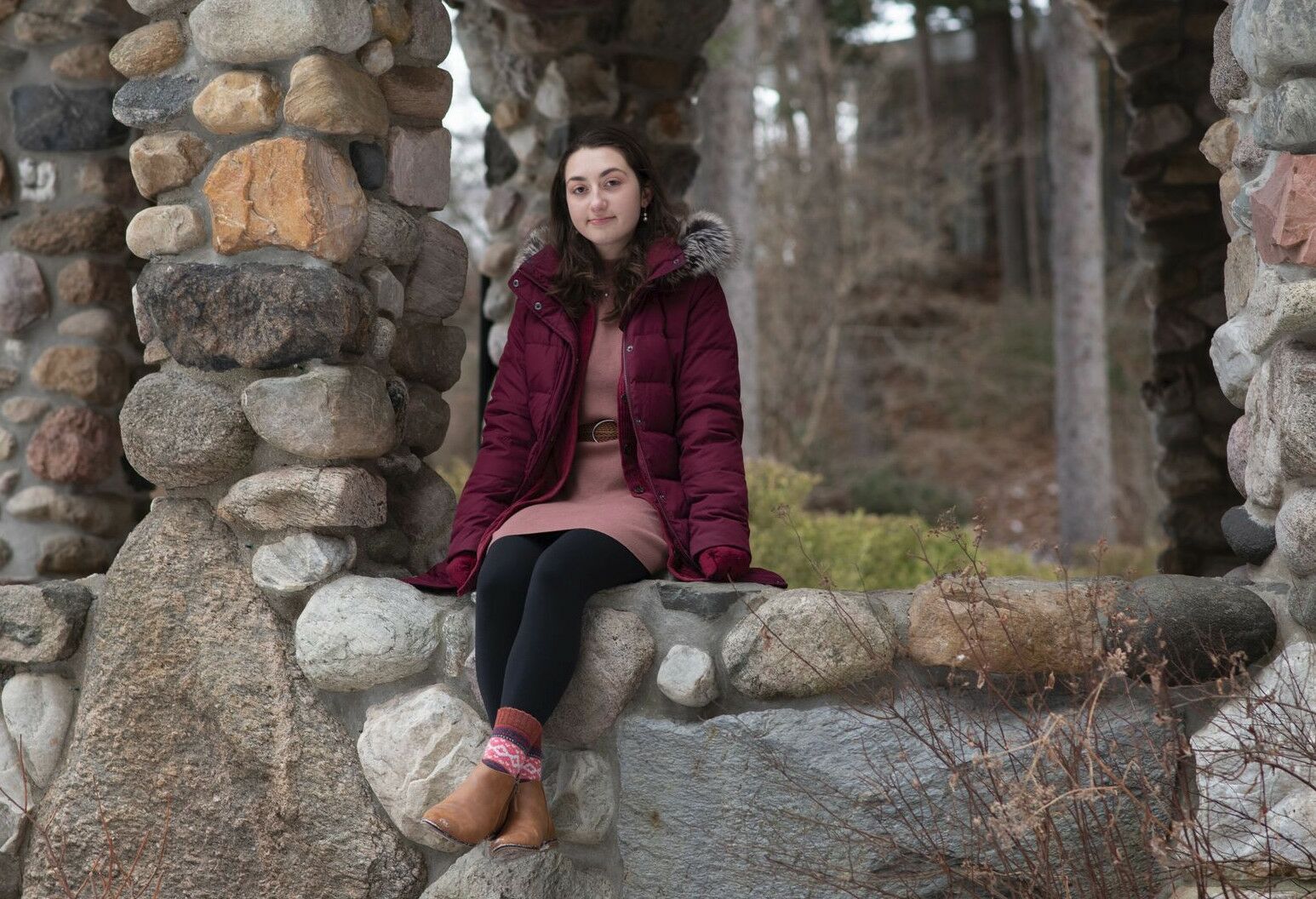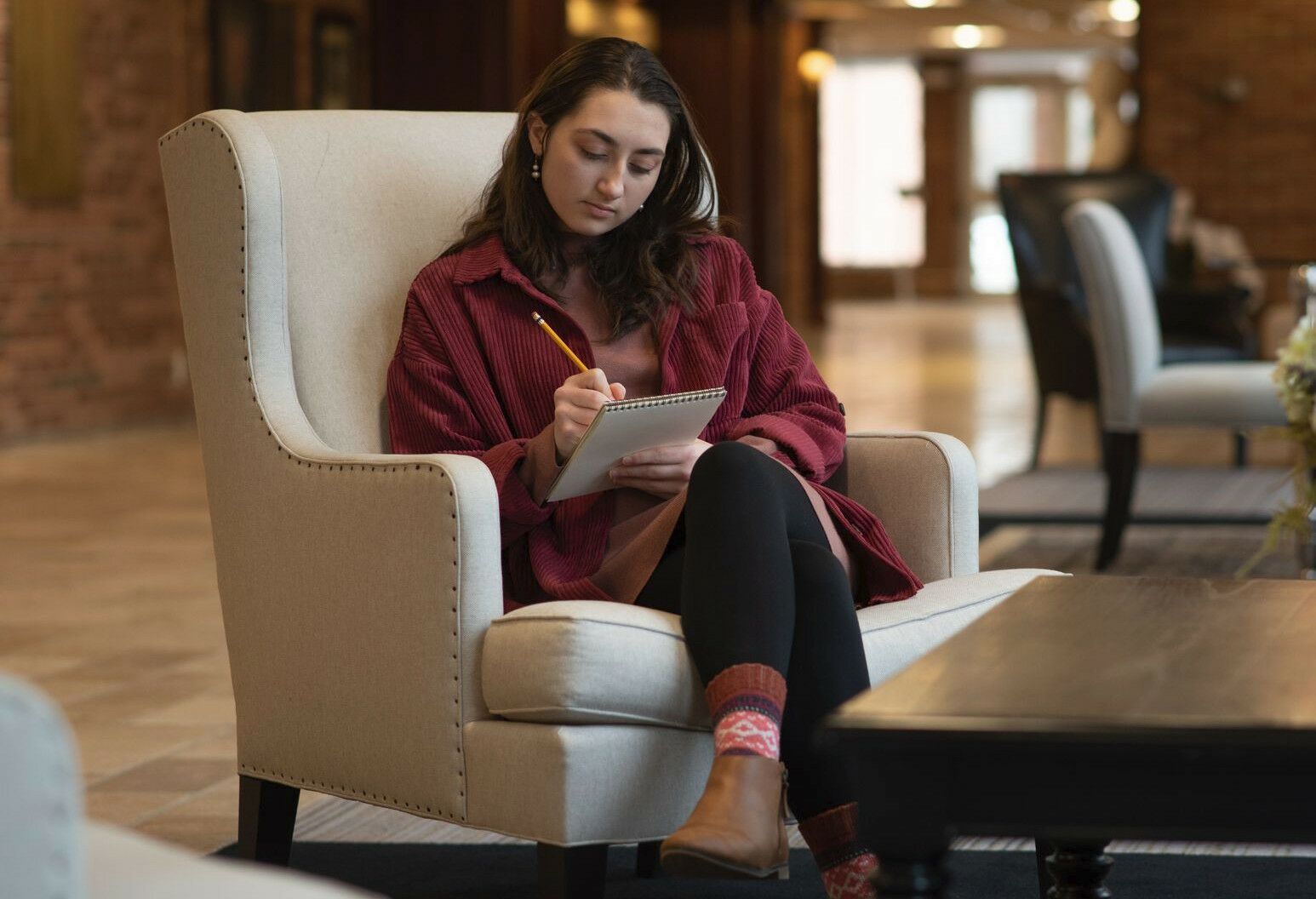269-01 76th Ave
Queens, NY 11040
Our representatives are available to schedule your appointment Monday through Friday from 9am to 5pm.
For a Northwell ambulance, call (833) 259-2367.

Ask any parent of a teenager—it’s normal for adolescents to need to be dragged out of bed in the morning. They like, and need, a lot of sleep. But where does normal teenage-related sleepiness end and a sleep disorder begin?
Amanda Cicarelli and her daughter, Julia, lived that mystery. The changes began when Julia was in seventh grade, said Amanda, who lives with her family in Brooklyn, NY. “She was falling asleep in class and in the car, and was taking a lot of naps. Homework took forever and she was always irritable. She had also gained weight and just wasn’t her usual self.”
Even more concerning was that sometimes when Julia would laugh, she would get so weak that she’d collapse. “All of a sudden, her shoulders would kind of drop and her head would lurch forward, and her eyes would be half-closed,” recalled Amanda. “People started asking us if she was drinking.”
Concerned, Julia’s parents sought out a mental health evaluation and a sleep study. The sleep specialist they saw diagnosed her with obstructive sleep apnea and short-onset REM sleep, where you go straight into the rapid eye movement sleep phase—a phase that normally occurs about 90 minutes after you fall asleep, during which you dream. The doctor prescribed a continuous positive airway pressure (CPAP) machine, assuming the sleep apnea was causing Julia’s abnormal sleep.
Unfortunately, the CPAP did nothing. Determined to get to the bottom of Julia’s problem, Amanda found pediatric neurologist and sleep physician Sanjeev Kothare, MD, at Cohen Children’s Medical Center. At their first visit, she fell asleep right on the exam table. “We described her symptoms and Dr. Kothare just said, ‘Yes. She has narcolepsy.’” The collapsing that people mistook for drunkenness was actually cataplexy, a sudden loss of muscle tone that’s a hallmark of narcolepsy.
Though most people think of narcolepsy as an adults-only condition, it typically sets in between the ages of 10 and 25, but often isn’t properly diagnosed until after symptom onset. According to Dr. Kothare, a lot of cases are missed because there is a tendency to write the symptoms of narcolepsy off as normal teenage-related sleepiness or moodiness, or behavioral or mental health issues.
There is no cure for narcolepsy, though treatment focuses on trying to manage the sleepiness and allow for greater periods of wakefulness during the day. Managing school schedules and activities around periods when a teenager is supposed to be most awake can help make the most of their days. In Julia’s case, that meant making the choice to home-school for most of her high school years. She could do schoolwork at times she felt most awake, so she excelled academically.
“Before that, her entire life was being in school, coming home, doing her homework and sleeping. And that’s just awful,” said Amanda. “When I took her out to home-school, we signed her up for every single activity she ever had an interest in. She could work with her own rhythm and direct her own education.”
Today, Julia is away at college and, while she does still experience afternoon sleepiness and episodes of microsleep while reading, she doesn’t give up and does her best with it. According to her mom, “She’s happy and learning, and she feels good. That’s all we ever hoped for.”

269-01 76th Ave
Queens, NY 11040
Our representatives are available to schedule your appointment Monday through Friday from 9am to 5pm.
For a Northwell ambulance, call (833) 259-2367.